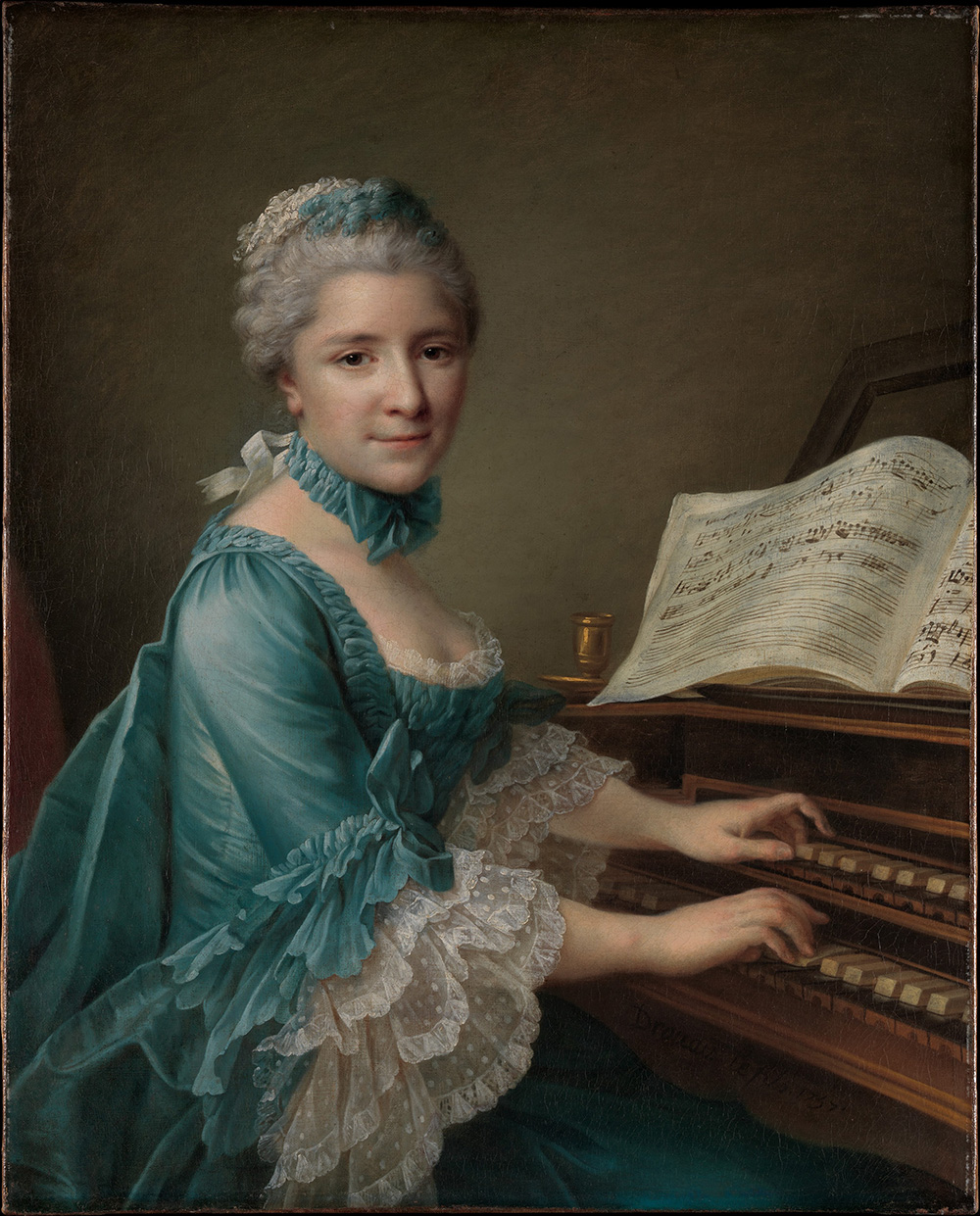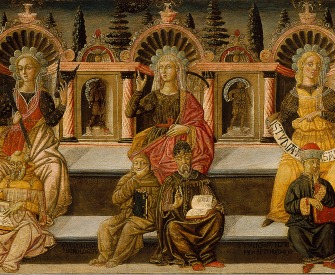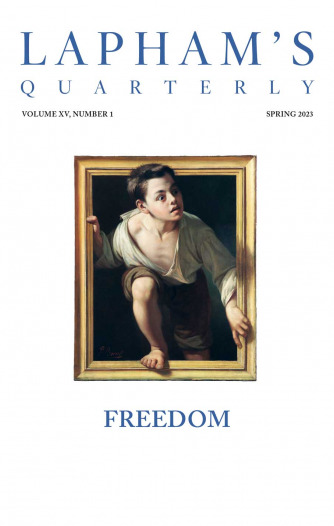He who sings frightens away his ills.
—Miguel de Cervantes, 1605He’s So Fined
George Harrison v. The Chiffons.
This is an action in which it is claimed that a successful song, “My Sweet Lord,” listing George Harrison as the composer, is plagiarized from an earlier successful song, “He’s So Fine,” composed by Ronald Mack, recorded by a singing group called The Chiffons, the copyright of which is owned by plaintiff, Bright Tunes Music Corp.
“He’s So Fine,” recorded in 1962, is a catchy tune consisting essentially of four repetitions of a very short basic musical phrase, sol-mi-re (hereinafter motif A),1 altered as necessary to fit the words, followed by four repetitions of another short basic musical phrase, sol-la-do-la-do (hereinafter motif B).2 While neither motif is novel, the four repetitions of A, followed by four repetitions of B, is a highly unique pattern.3 In addition, in the second use of the motif B series, there is a grace note inserted making the phrase go sol-la-do-la-re-do.4
“My Sweet Lord,” recorded first in 1970, also uses the same motif A (modified to suit the words) four times, followed by motif B, repeated three times, not four. In place of the fourth repetition of motif B in “He’s So Fine,” “My Sweet Lord” has a transitional passage of musical attractiveness of the same approximate length, with the identical grace note in the identical second repetition.5 The harmonies of both songs are identical.6
George Harrison, a former member of The Beatles, was aware of “He’s So Fine.” In the United States, it was No. 1 on the Billboard charts for five weeks; in England, Harrison’s home country, it was No. 12 on the charts on June 1, 1963, a date upon which one of the Beatles songs was, in fact, in first position. For seven weeks in 1963, “He’s So Fine” was one of the top hits in England.
According to Harrison, the circumstances of the composition of “My Sweet Lord” were as follows. Harrison and his group, which includes an American black gospel singer named Billy Preston,7 were in Copenhagen on a singing engagement. There was a press conference involving the group going on backstage. Harrison slipped away from the press conference and went to a room upstairs and began “vamping” some guitar chords, fitting on to the chords he was playing the words hallelujah and Hare Krishna in various ways.8 During the course of this vamping, he was alternating between what musicians call a Minor II chord and a Major V chord.

Portrait of a Woman, Said to Be Madame Charles Simon Favart, by François Hubert Drouais, 1757. © The Metropolitan Museum of Art, Mr. and Mrs. Isaac D. Fletcher Collection, Bequest of Isaac D. Fletcher, 1917.
At some point, germinating started and he went down to meet with others of the group, asking them to listen, which they did, and everyone began to join in, taking first hallelujah and then Hare Krishna and putting them into four-part harmony. Harrison obviously started using the hallelujah, etc., as repeated sounds, and from there developed the lyrics, to wit, “My sweet Lord,” “Dear, dear Lord,” etc. In any event, from this very free-flowing exchange of ideas, with Harrison playing his two chords and everybody singing “Hallelujah” and “Hare Krishna,” there began to emerge the “My Sweet Lord” text idea, which Harrison sought to develop a little bit further during the following week as he was playing it on his guitar. Thus developed motif A and its words interspersed with “Hallelujah” and “Hare Krishna.”
Approximately one week after the idea first began to germinate, the entire group flew back to London because they had earlier booked time to go to a recording studio with Billy Preston to make an album. In the studio, Preston was the principal musician. Harrison did not play in the session. He had given Preston his basic motif A with the idea that it be turned into a song, and was back and forth from the studio to the engineer’s recording booth, supervising the recording “takes.” Under circumstances that Harrison was utterly unable to recall, while everybody was working toward a finished song, in the recording studio, somehow or other the essential three notes of motif A reached polished form.
Similarly, it appears that motif B emerged in some fashion at the recording session as did motif A. This is also true of the unique grace note in the second repetition of motif B.
The Billy Preston recording, listing George Harrison as the composer, was thereafter issued by Apple Records. The music was then reduced to paper by someone who prepared a “lead sheet” containing the melody, the words, and the harmony for the United States copyright application.9
Seeking the wellsprings of musical composition—why a composer chooses the succession of notes and the harmonies he does—whether it be George Harrison or Richard Wagner—is a fascinating inquiry. It is apparent from the extensive colloquy between the court and Harrison covering forty pages in the transcript that neither Harrison nor Preston was conscious of the fact that they were using the “He’s So Fine” theme. However, they in fact were, for it is perfectly obvious to the listener that in musical terms, the two songs are virtually identical except for one phrase. There is motif A used four times, followed by motif B, four times in one case, and three times in the other, with the same grace note in the second repetition of motif B.10
What happened? I conclude that the composer, in seeking musical materials to clothe his thoughts, was working with various possibilities. As he tried this possibility and that, there came to the surface of his mind a particular combination that pleased him as being one he felt would be appealing to a prospective listener; in other words, that this combination of sounds would work. Why? Because his subconscious knew it already had worked in a song his conscious mind did not remember. Having arrived at this pleasing combination of sounds, the recording was made, the lead sheet prepared for copyright, and the song became an enormous success. Did Harrison deliberately use the music of “He’s So Fine”? I do not believe he did so deliberately. Nevertheless, it is clear that “My Sweet Lord” is the very same song as “He’s So Fine” with different words,11 and Harrison had access to “He’s So Fine.” This is, under the law, infringement of copyright, and is no less so even though subconsciously accomplished.


3. All the experts agreed on this.

5. This grace note, as will be seen infra, has a substantial significance in assessing the claims of the parties hereto.
6. Expert witnesses for the defendants asserted crucial differences in the two songs. These claimed differences essentially stem, however, from the fact that different words and number of syllables were involved. This necessitated modest alterations in the repetitions or the places of beginning of a phrase, which, however, has nothing to do whatsoever with the essential musical kernel that is involved.
7. Preston recorded the first Harrison copyrighted recording of “My Sweet Lord,” of which more infra, and from his musical background was necessarily equally aware of “He’s So Fine.”
8. These words ended up being a “responsive” interjection between the eventually copyrighted words of “My Sweet Lord.” In “He’s So Fine,” The Chiffons used the sound dulang in the same places to fill in and give rhythmic impetus to what would otherwise be somewhat dead spots in the music.
9. It is of interest, but not of legal significance, in my opinion, that when Harrison later recorded the song himself, he chose to omit the little grace note, not only in his musical recording but in the printed sheet music that was issued following that particular recording. The genesis of the song remains the same, however modestly Harrison may have later altered it. Harrison, it should be noted, regards his song as that which he sings at the particular moment he is singing it and not something that is written on a piece of paper.
10. Even Harrison’s own expert witness, Harold Barlow, long in the field, acknowledged that, although the two motifs were in the public domain, their use here was so unusual that he, in all his experience, had never come across this unique sequential use of these materials.
11. Harrison himself acknowledged on the stand that the two songs were substantially similar. This same conclusion was obviously reached by a recording group called The Belmonts, who recorded “My Sweet Lord” at a later time. With tongue in cheek, they used the words from both “He’s So Fine” and “My Sweet Lord” interchangeably at certain points.
Richard Owen
Richard Owen, opinion in Bright Tunes Music Corp. v. Harrisongs Music Ltd. “As far as I’m concerned, the effect the song has had far exceeds any bitching that’s been going on between copyright people,” Harrison said in 1978, two years after Judge Owen delivered this decision. “It’s just greed and jealousy and all that. Give them the song—I don’t care.” The youngest member of the Beatles, Harrison released his triple LP All Things Must Pass in November 1970, the same year the band officially split up.


